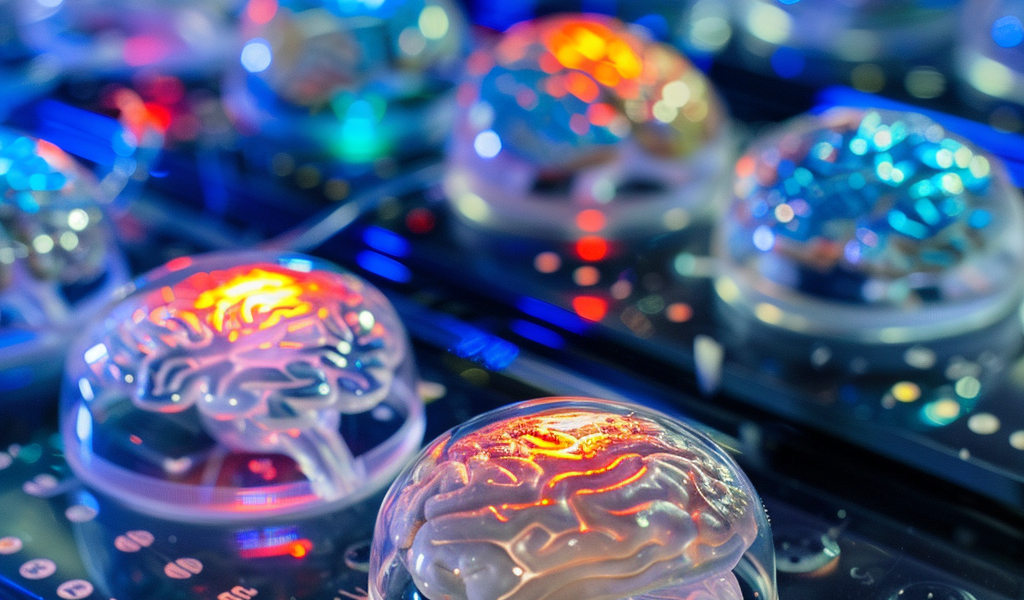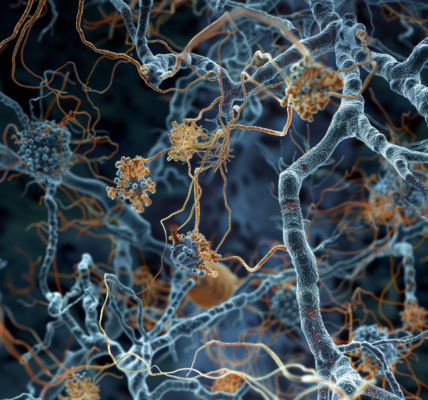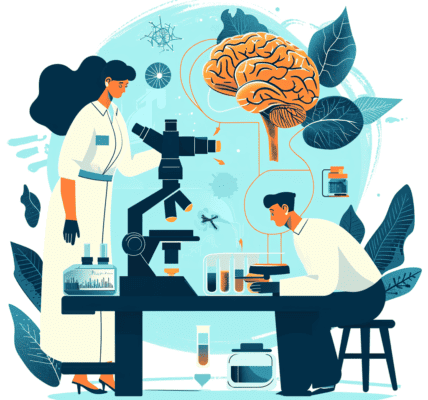Researchers have achieved a groundbreaking milestone in brain research by successfully growing 3D models of the brain that contain a diverse range of cell types from multiple individuals. These innovative ‘village in a dish’ organoids have the potential to shed light on the variations in how the brain responds to drugs among different people.
While previous studies have produced 2D brain cell sheets from multiple donors, this latest work represents a significant advancement with the development of robust 3D systems suitable for in-depth research purposes. According to Tomasz Nowakowski, a biologist at the University of California, San Francisco, who was not part of the research team, this technology is both powerful and promising, likely to be embraced by numerous scientific groups.
The chimeric cultures, referred to as Chimeroids by the authors, combine cells from up to five donors, with the potential for future iterations to incorporate cells from hundreds of individuals. Paola Arlotta, a stem-cell biologist at Harvard University and senior author of the study, envisions a future where Chimeroids could serve as predictive avatars for individual responses to new therapeutics, potentially revolutionizing drug testing processes.
Organoids, such as these brain models, mimic the cellular composition of organs by maturing stem cells from donors into various cell types found in the respective organs. The complex 3D structures of these organoids are formed under specific culture conditions, providing researchers with valuable tools for studying organ development and function.
Brain organoids, in particular, are known for their slow growth and intricate nature, prompting scientists to seek improved methods for their creation. The successful generation of Chimeroids marks a significant step forward in brain research, offering a platform to investigate individual variations in brain development and drug responses, ultimately contributing to a deeper understanding of neurological processes.





